
Strategy may still be best approach to reduce carbon emissions
SIX YEARS AGO, a cap and trade bill aimed at reducing U.S. carbon emissions (drafted in part by the Boilermakers union) passed the House of Representatives. In the Senate, cap and trade legislation also received support from then-Senators John Kerry and Joe Lieberman and, initially, from Senator Lindsay Graham.
But the Senate never brought cap and trade up for a vote, for a variety of reasons. The political right and big business saw it as just another tax. The timing of the legislation was unfortunate, with the nation in the throes of the largest economic crisis since the Great Depression. And for many, the scientific proof of man-made global warming was just not convincing.
With the failure of cap and trade to become U.S. law, the EPA began issuing a series of extreme regulations that have seriously disrupted the electric utility and coal mining industries. Recently, the Obama administration also indicated it would target the transportation industry, specifically, aviation and heavy-duty trucks, for carbon emissions.
Given the economic upheaval resulting from severe new environmental regulations — especially shuttered coal-fired power plants, lost jobs and financially devastated communities — perhaps it is time for Congress to take another look at cap and trade as a mechanism to reduce greenhouse gas emissions.
Cap and trade helped solve acid rain problem
THE ATTRACTION OF cap and trade lies primarily in its reliance as a market-based solution, which allows for flexibility and spurs innovation.
Basically, it works like this: A government sets a limit on greenhouse gas emissions across a specific industry. Emitters in that industry then purchase, or are awarded, credits or “allowances,” which permit them to continue emitting at a certain level. If the emitters stay below the allowable limit, they can sell, trade or bank their credits. If the emitters go over their limit, they can purchase additional credits. This creates a financial incentive to emit less. Over time, the limits are ratcheted down, creating more pressure to reduce emissions.
Because reducing emissions saves money, emitters take it upon themselves to find solutions — and the marketplace seeks to provide them. So rather than dealing with government edicts that throw industries into chaos, companies solve the challenges themselves, in their own ways, and on timetables that avoid abrupt and harmful change.
While the Pope's actions have raised eyebrows, so have recent reports that major oil and gas companies in Europe have begun urging governments to establish a single global strategy for pricing carbon emissions.
The world’s first large-scale use of cap and trade to resolve an environmental problem began in 1990, when President George H.W. Bush sent Congress an amendment (Title IV) to the Clean Air Act with the goal of reducing acid rain. Caused principally by coal-fired power plant emissions of sulfur dioxide (SO2), acid rain harms human health and the environment.
Some 3,200 coal-fired power plants across the United States were impacted by the amendment. Cap and trade induced power providers to change their fuel mix, reduce operations or install pollution control systems. (The latter option has provided millions of man-hours of work for Boilermakers.)
By 2007, U.S. power generators had met the government’s goal of reducing SO2 emissions from coal-fired plants by nearly 50 percent. They did so at about one-fourth the implementation costs predicted by the EPA.
It was an unmitigated success.
Other countries, provinces and states take the lead
WHILE CAP AND trade has not taken hold in the U.S. at the national level, that doesn’t mean it’s dead. In 2008 nine states in the Northeast established the Northeast Regional Greenhouse Gas Initiative. The NRGGI proved skeptics wrong regarding its projected cost to consumers and the overall impact on economic health. A 2013 report by the NRGGI stated that retail electricity rates rose less than 1 percent between 2008 and 2013. For the same period, economic activity in the region surged.
Two years ago, California began a cap and trade strategy. Writing for the Los Angeles Times, Michael Hiltizk argued that the integration of a cap and trade policy has worked well. “It has done so without a measurable drag on economic growth. The program generated $969 million in revenue for the state through the end of 2014, and is expected to generate $2 billion a year or more in the future. The money must be spent on efforts to reduce carbon emissions.”
The province of Quebec in Canada also established a cap and trade strategy, in 2013, and in 2014 the province linked its system to that of California, creating what has been called “the largest carbon market in North America.”
In addition, Canada’s New Democratic Party (NDP) has proposed a cap and trade solution for the entire nation. Although a majority of Canada’s population supports such a federal policy, Alberta and Manitoba have thriving energy sectors and are sensitive to a cap and trade strategy for fear they might be disproportionately impacted.
The first and largest cap and trade program began in the European Union in 2005. With 31 nations (including several non-EU countries), the EU Emission Trading Scheme is an enormous undertaking, and it has experienced setbacks. A primary concern is that the carbon credits, which were initially given away, are not valued high enough to have a significant impact on emission limits. Observers say this is due to the economic downturn that has reduced demand for electricity.
In the province of British Columbia, the approach to reducing greenhouse emissions has been to implement a carbon tax. Although not the same as cap and trade, the strategy achieves the same goal. Instead of setting a carbon emissions limit for an industry, it attaches a tax to, for example, a liter of gasoline. The higher price of fuel raises the cost of gas, reduces the amount of driving people do and raises revenue, which is returned to British Columbia’s citizens in the form of tax breaks. According to Mother Jones magazine, $5 billion in revenue was collected by early 2014.
Where do we go from here?
WHILE MANY GOVERNMENT entities have taken matters into their own hands to combat climate change, things are clearly trending toward a global solution. Taking the lead is the United Nations Framework Convention on Climate Change, which seeks a treaty committing 200 nations to action. The UNFCCC’s 21st “Conference of the Participants” or COP21 will meet in December in hopes of securing that treaty.
Even the Pope has gotten involved in the climate change debate, releasing a papal encyclical (a formal position paper of the Catholic Church) on the subject.
While the Pope’s actions have raised eyebrows, so have recent reports that major oil and gas companies in Europe have begun urging governments to establish a single global strategy for pricing carbon emissions. BP, Royal Dutch Shell, BG Group, Eni, Statoil and Total have taken a position calling for certainty in the markets — a certainty that can only come from a unified approach to emission reductions.
This, of course makes sense in a world fragmented by multiple approaches to climate change mitigation. Cap and trade’s proven success with acid rain and the experience that many nations and sub-nations now have with the strategy argue for adopting the approach globally.
Cap and trade opens the door to market-based solutions with greater flexibility and adaptability. This could foster greater collaboration in developing technologies such as carbon capture and storage — and the ability to swiftly adapt to market forces such as a spike in natural gas prices.
For these reasons, the U.S. government should re-examine cap and trade as an energy policy, and soon, or risk following the pack instead of leading it.












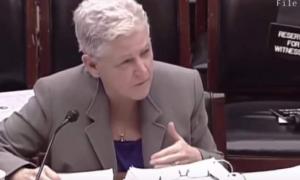
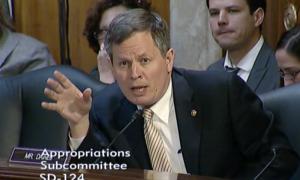
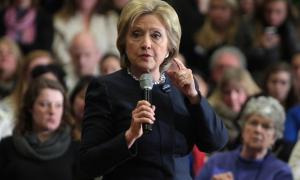

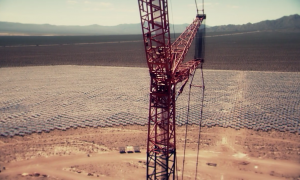
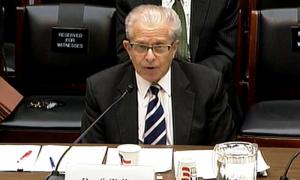

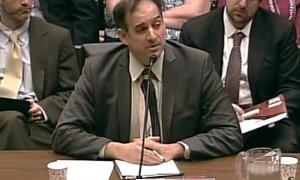
0 Comments